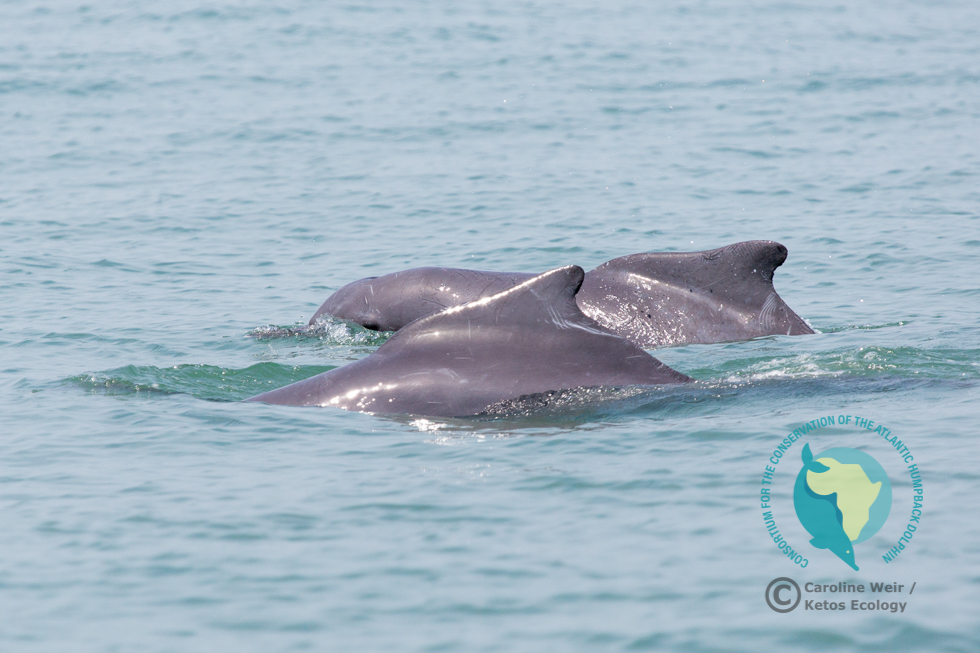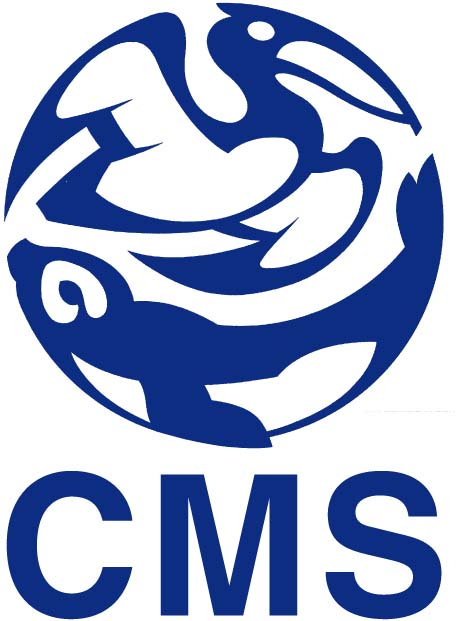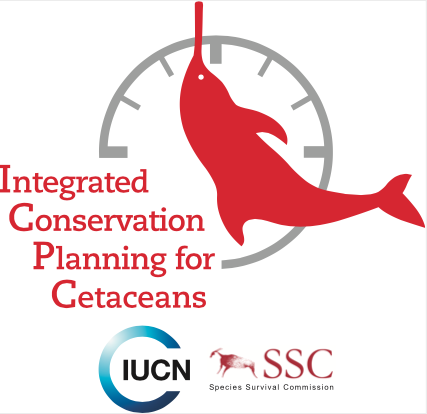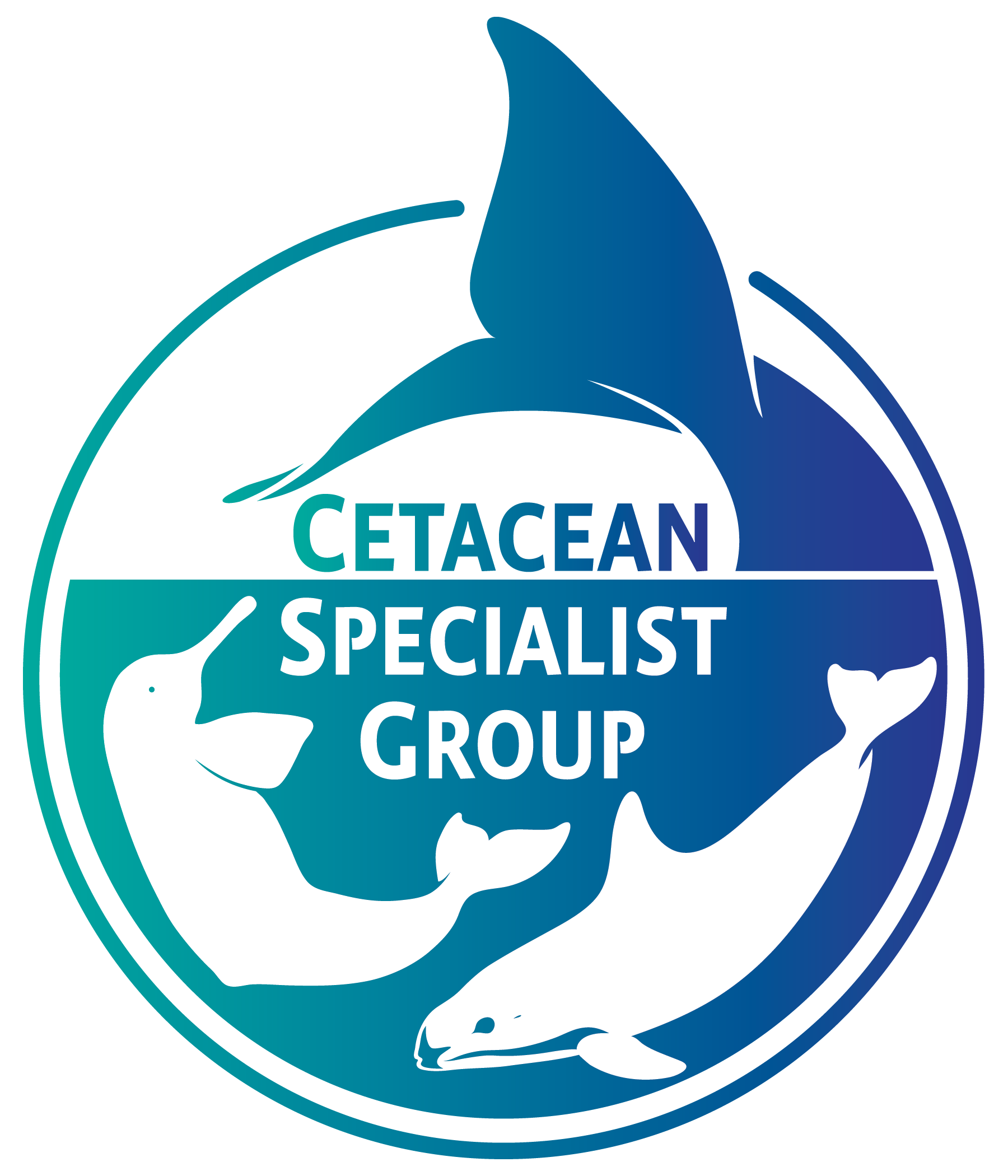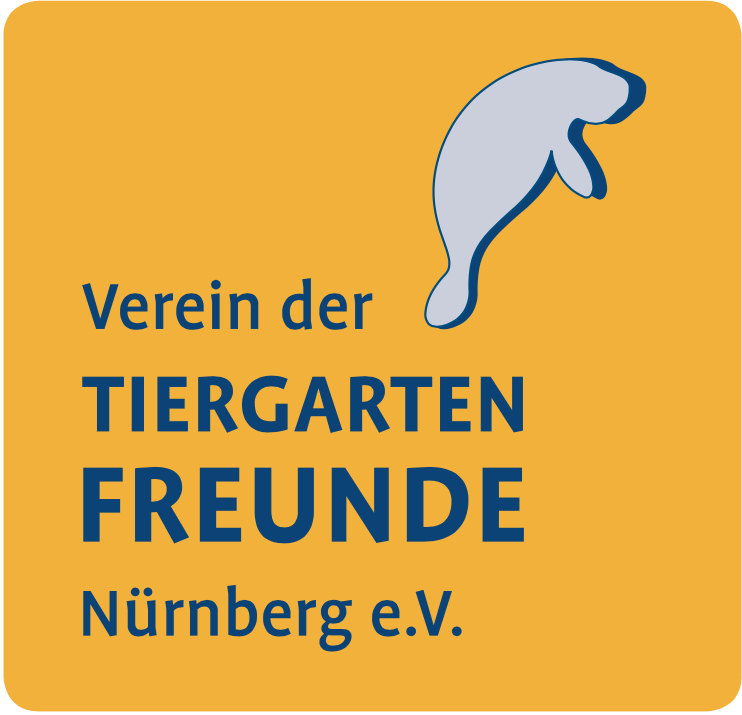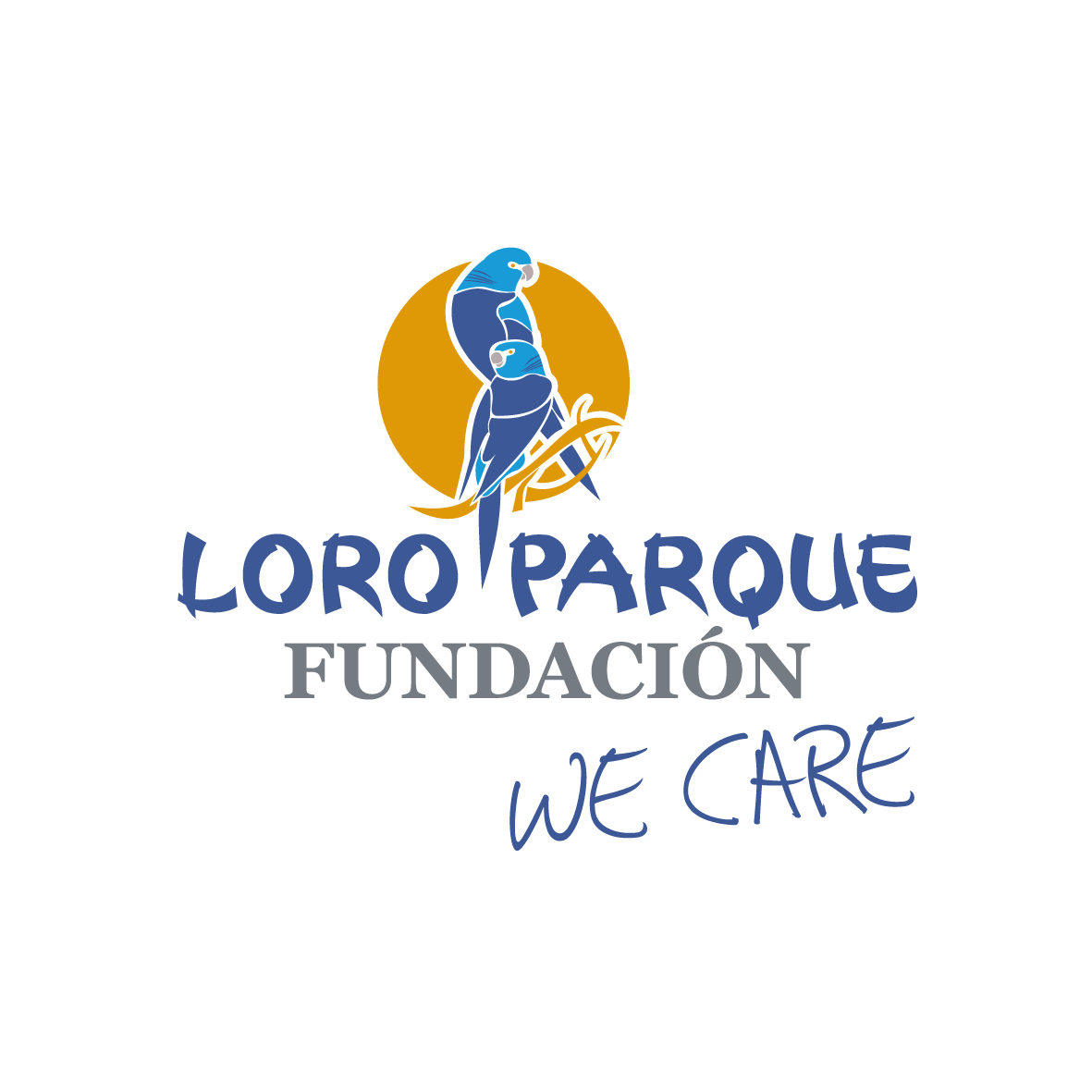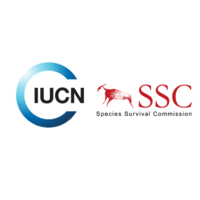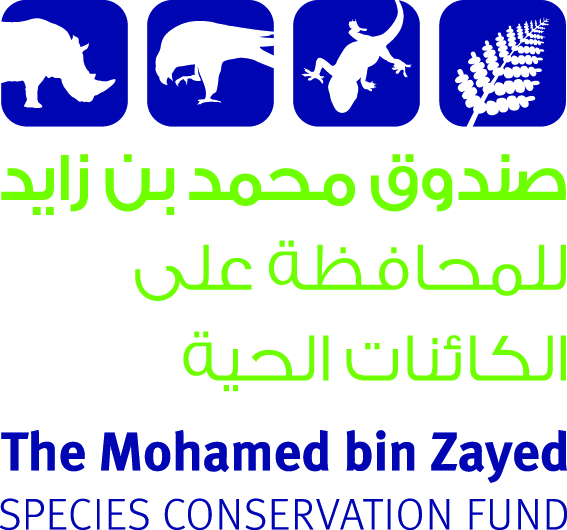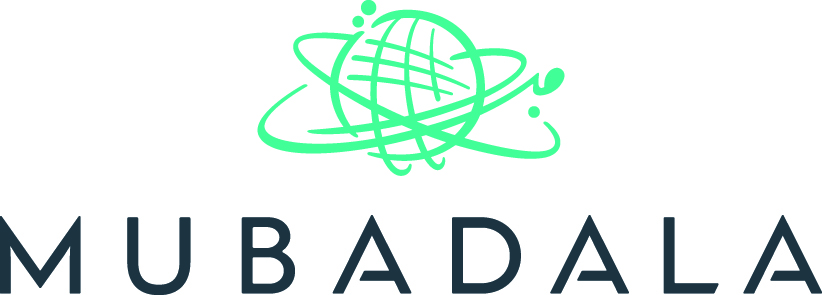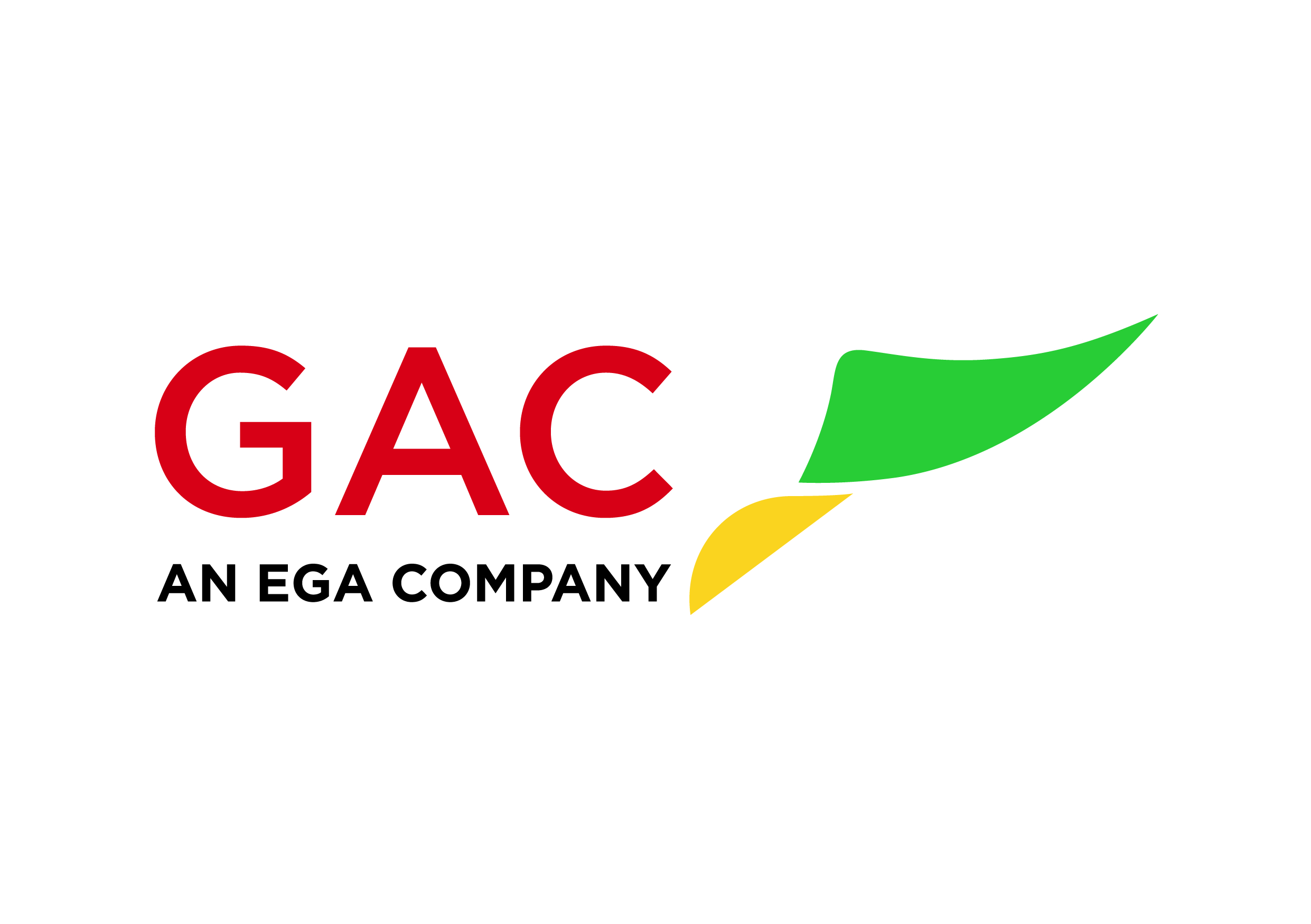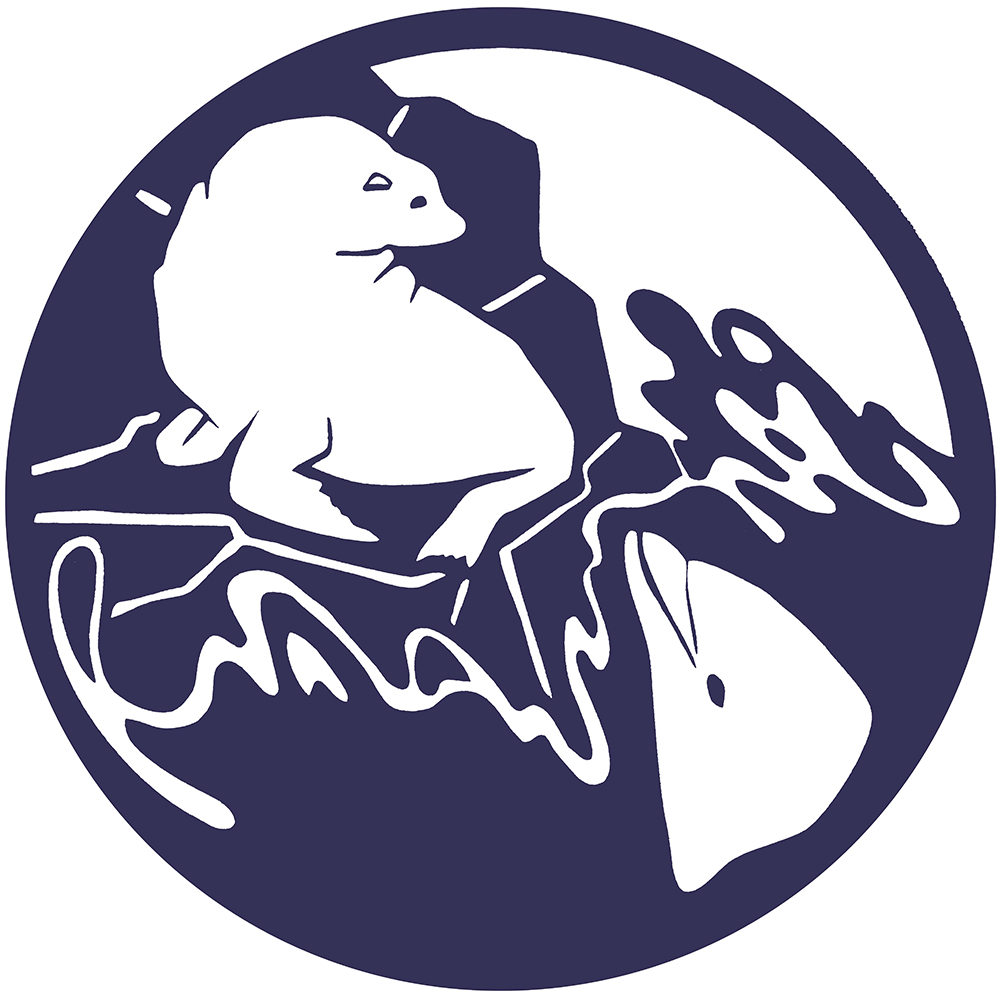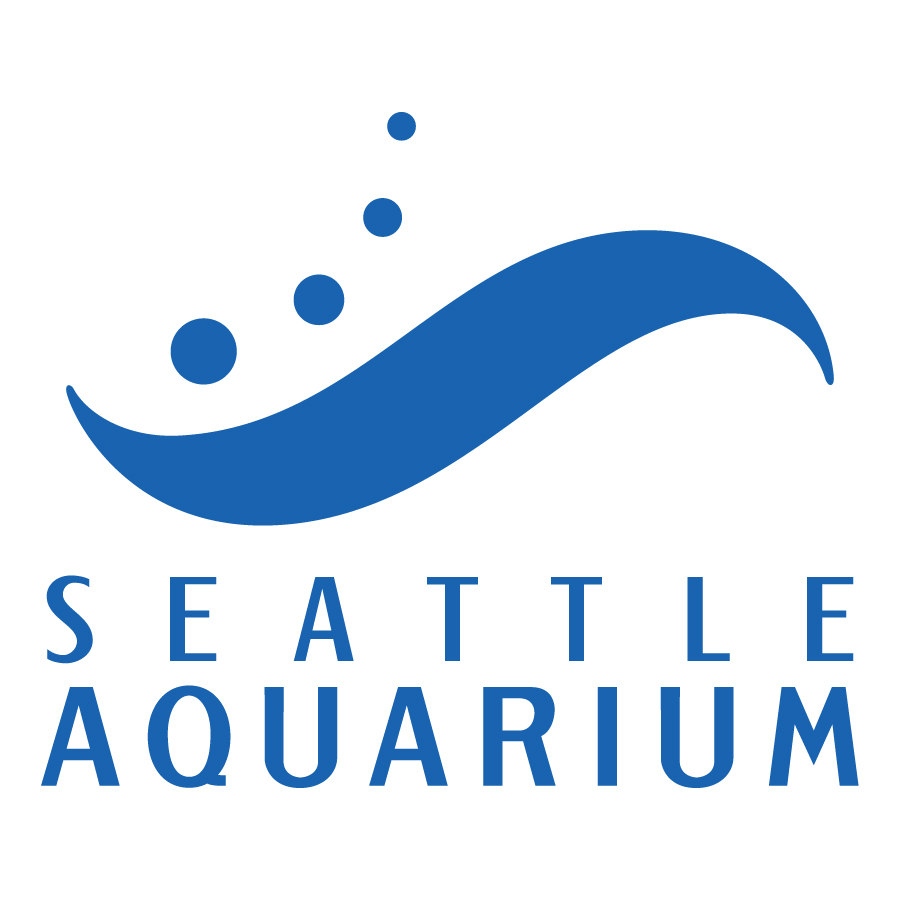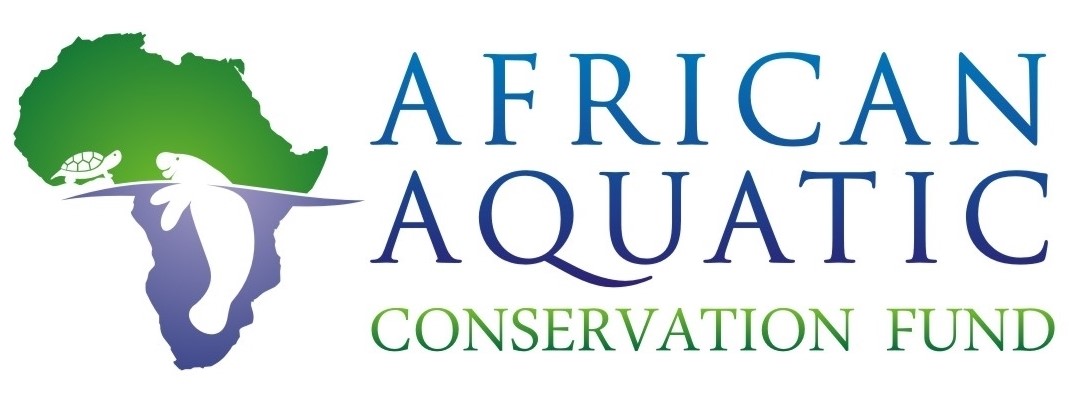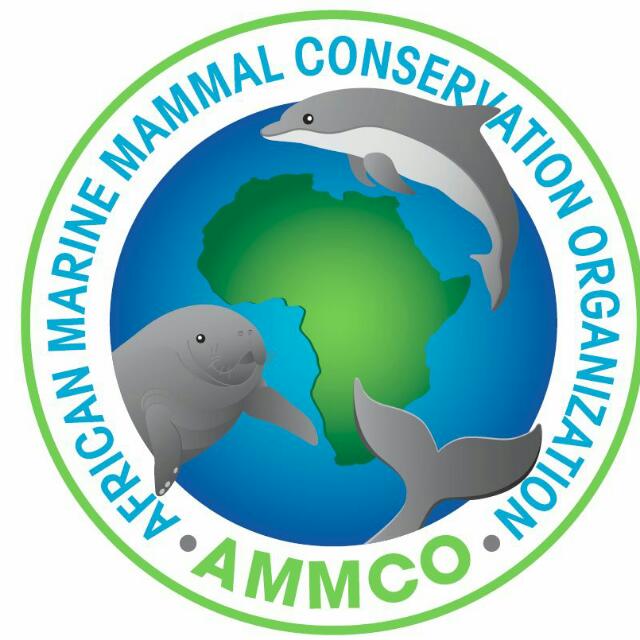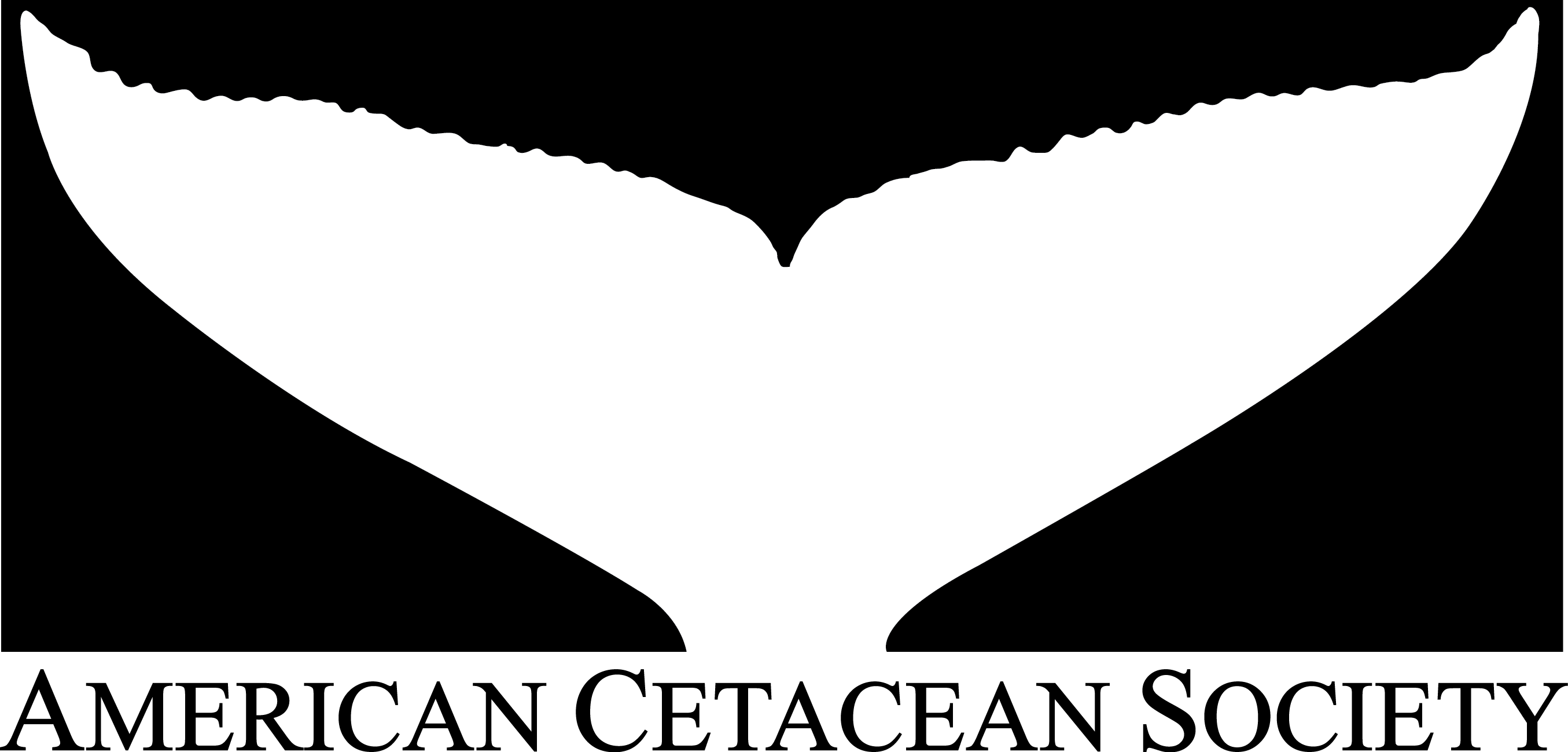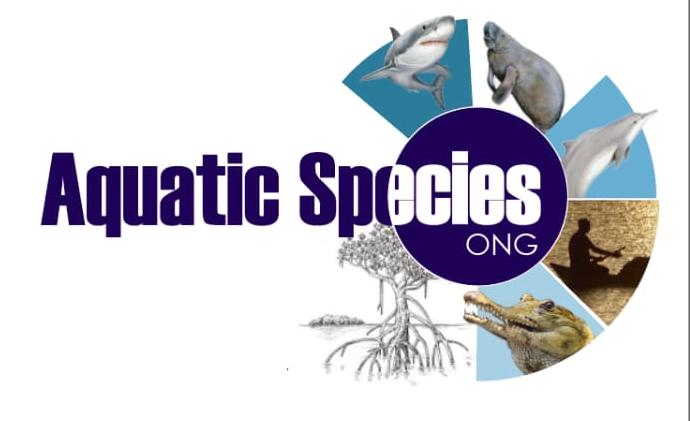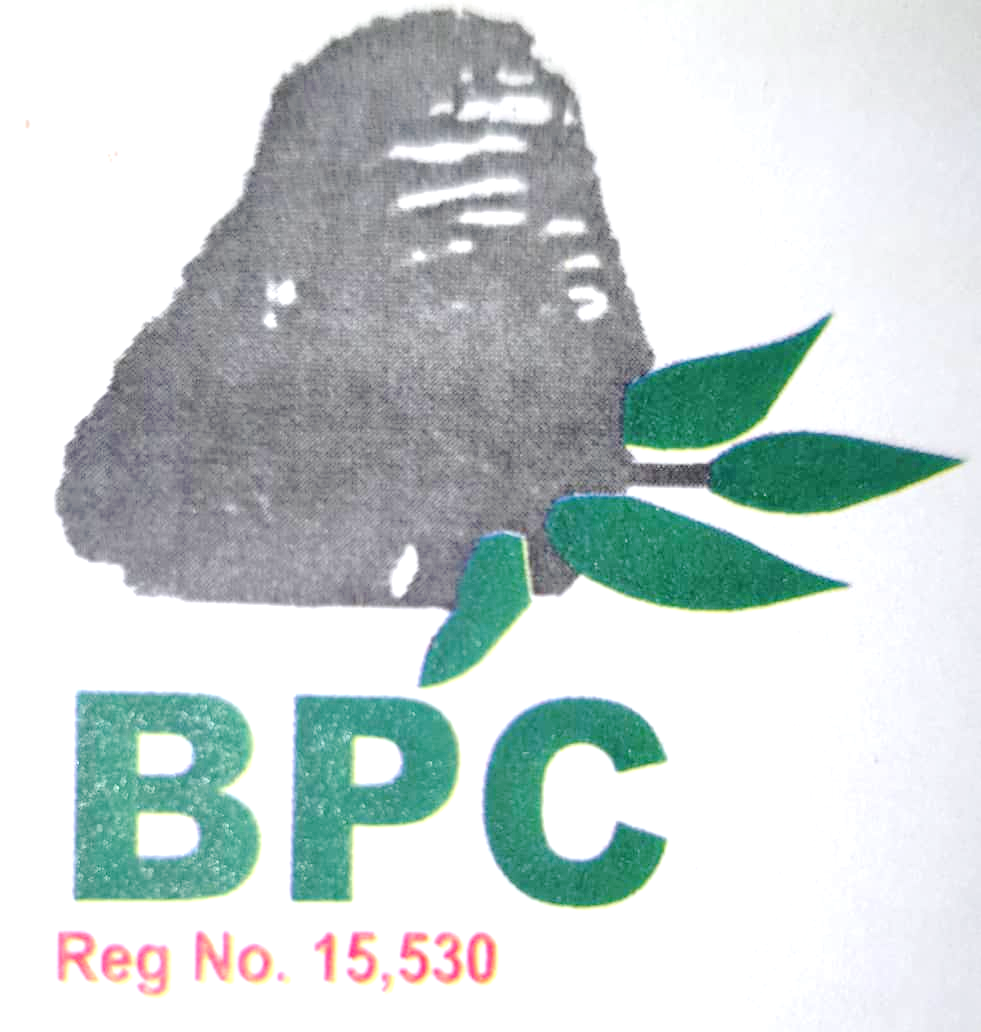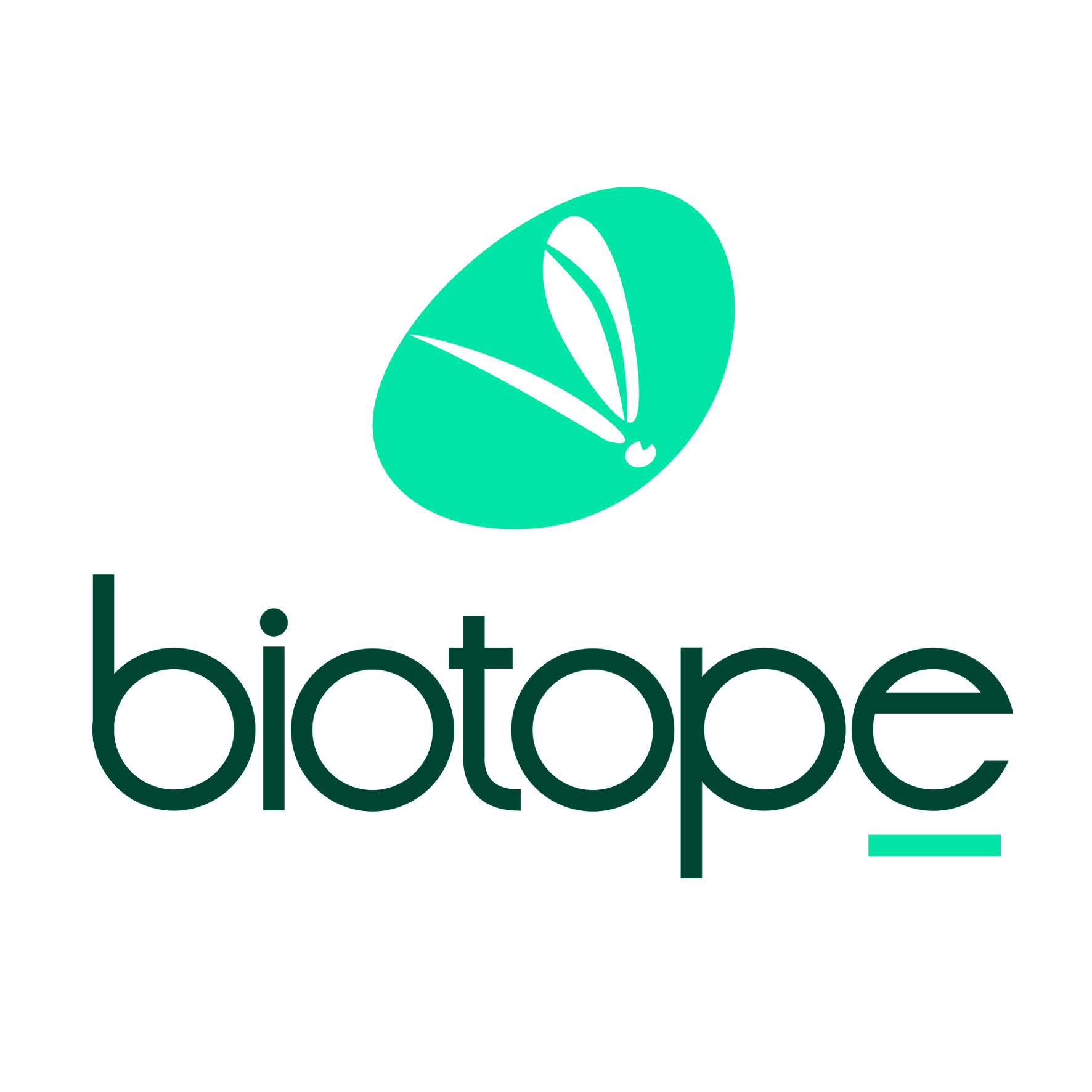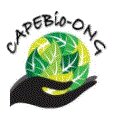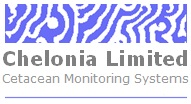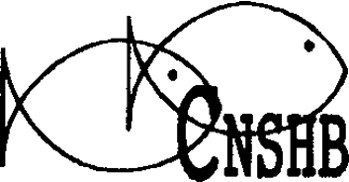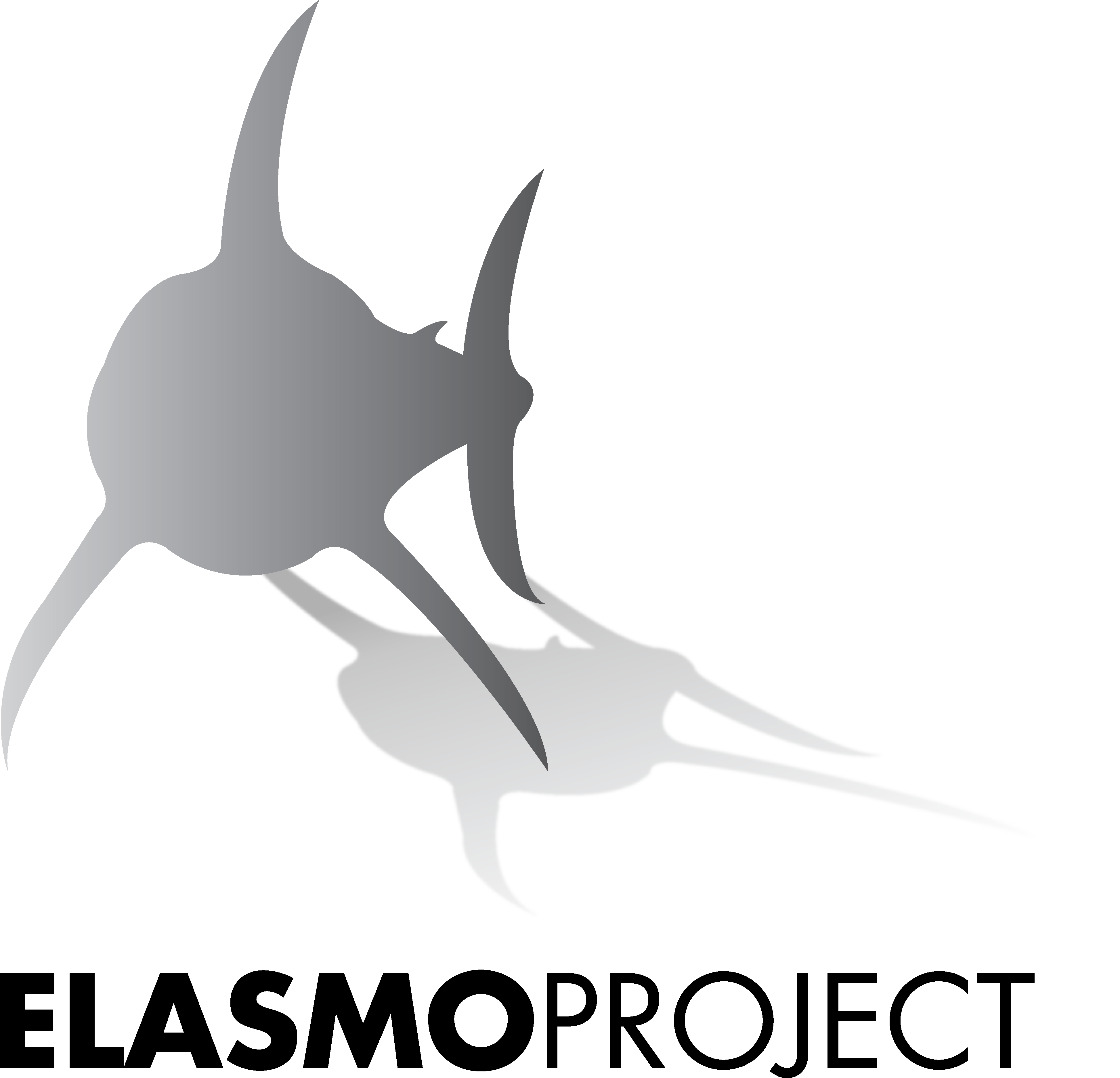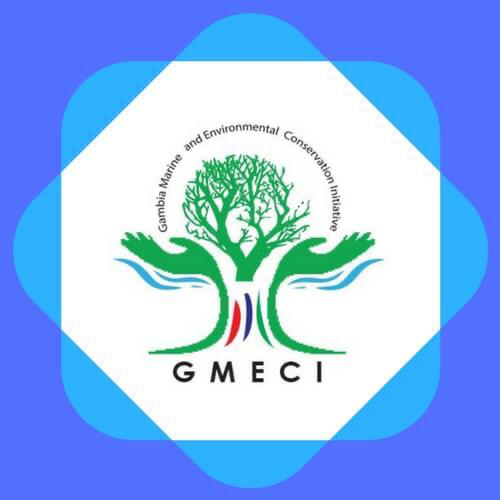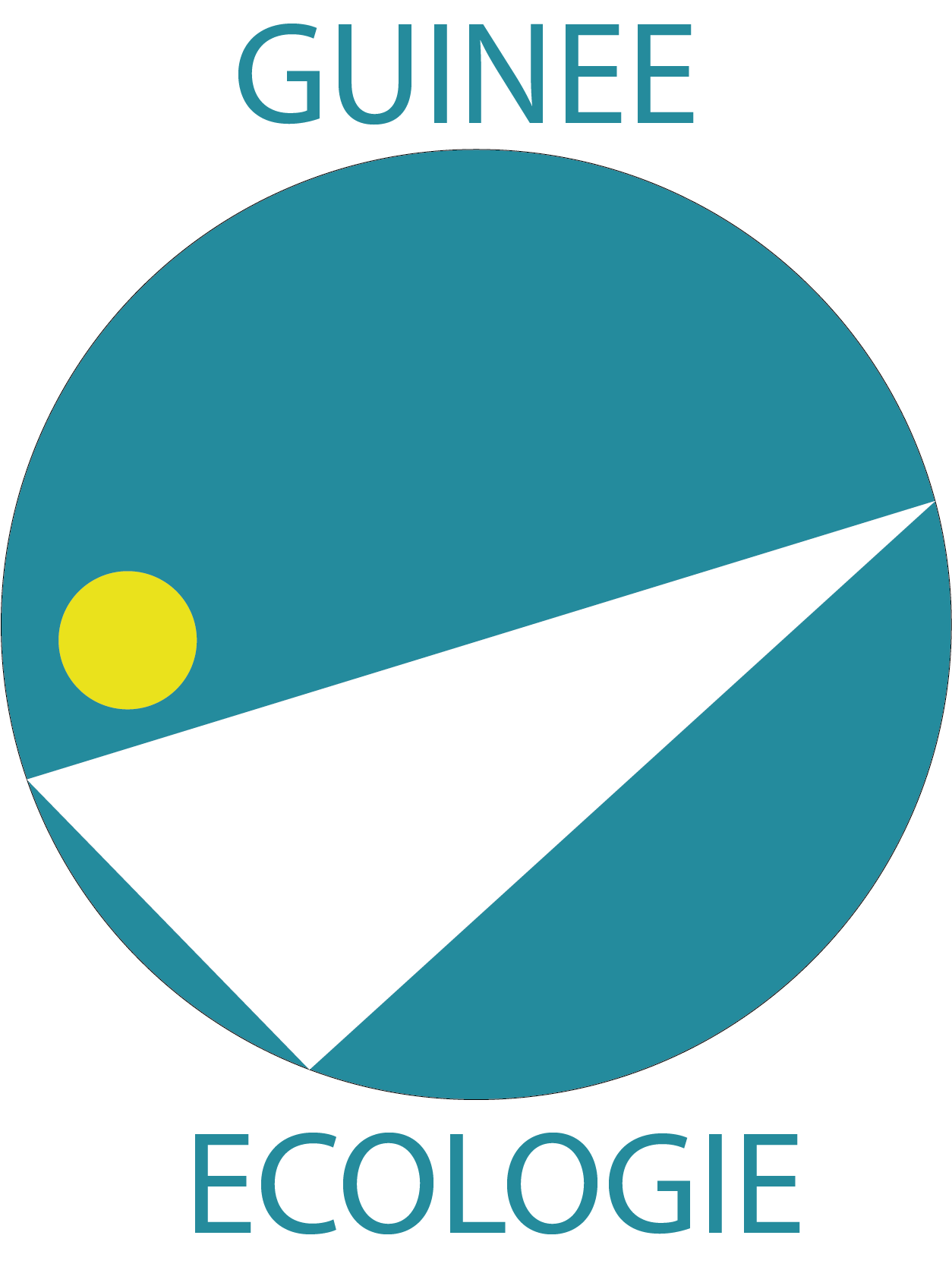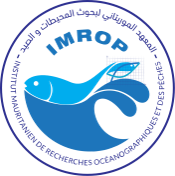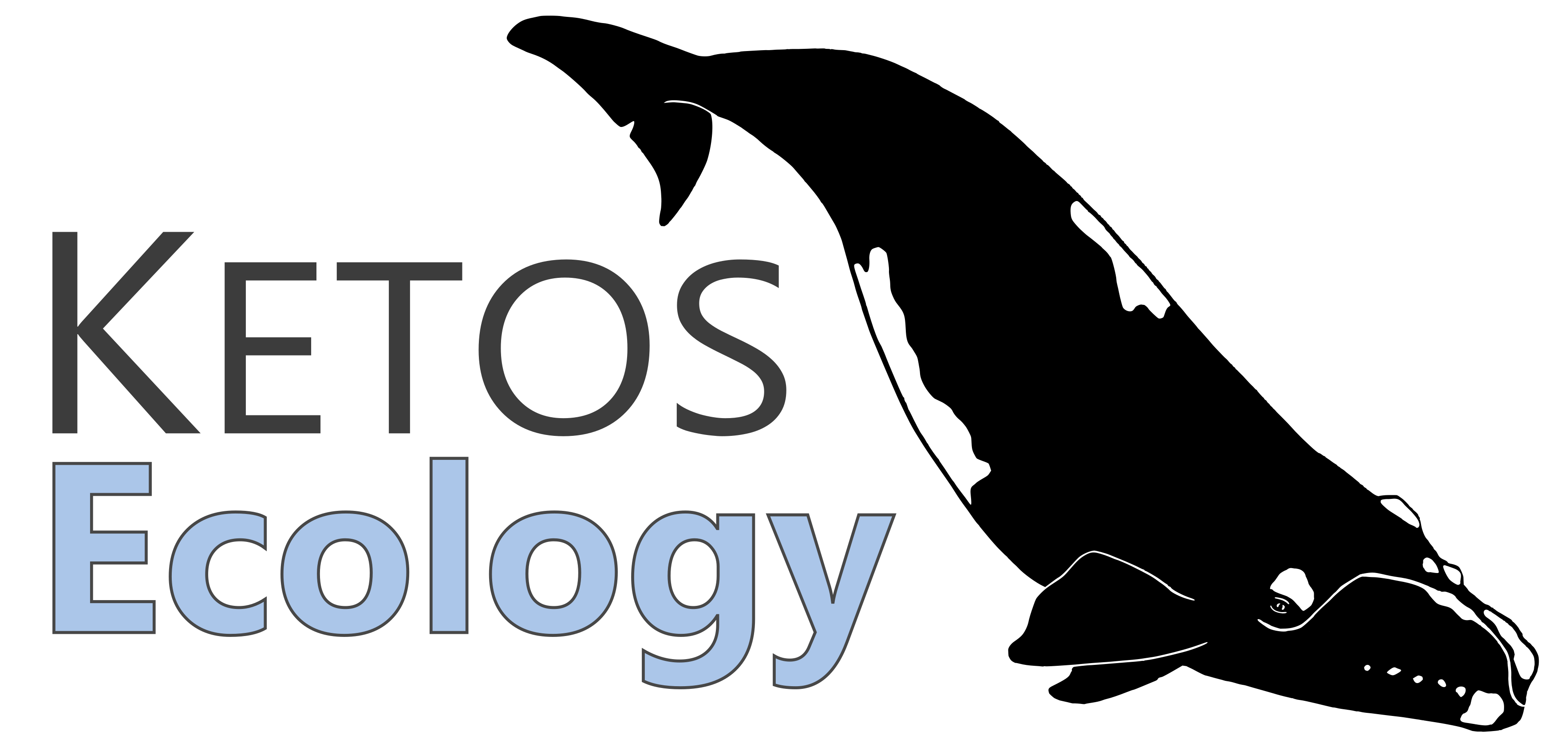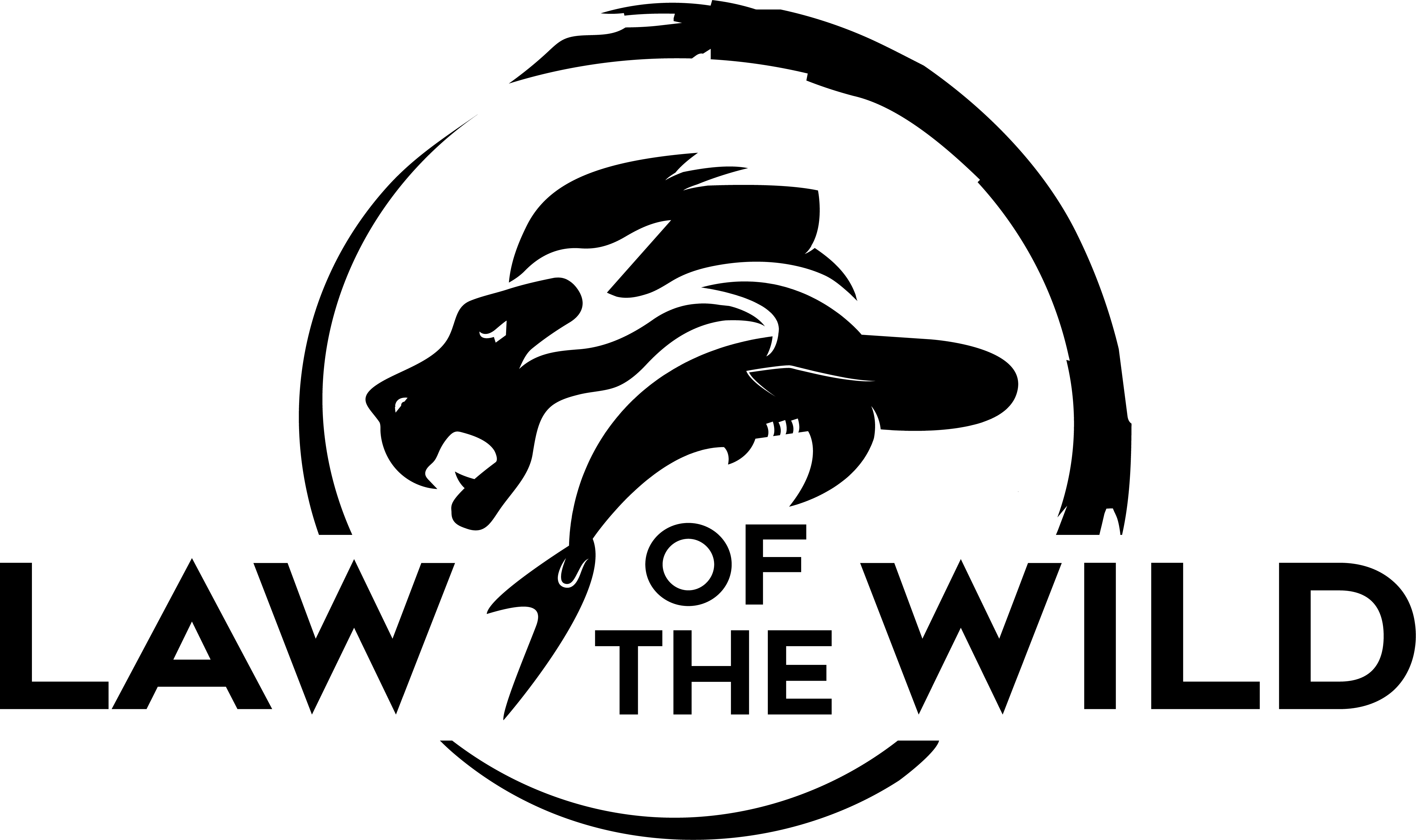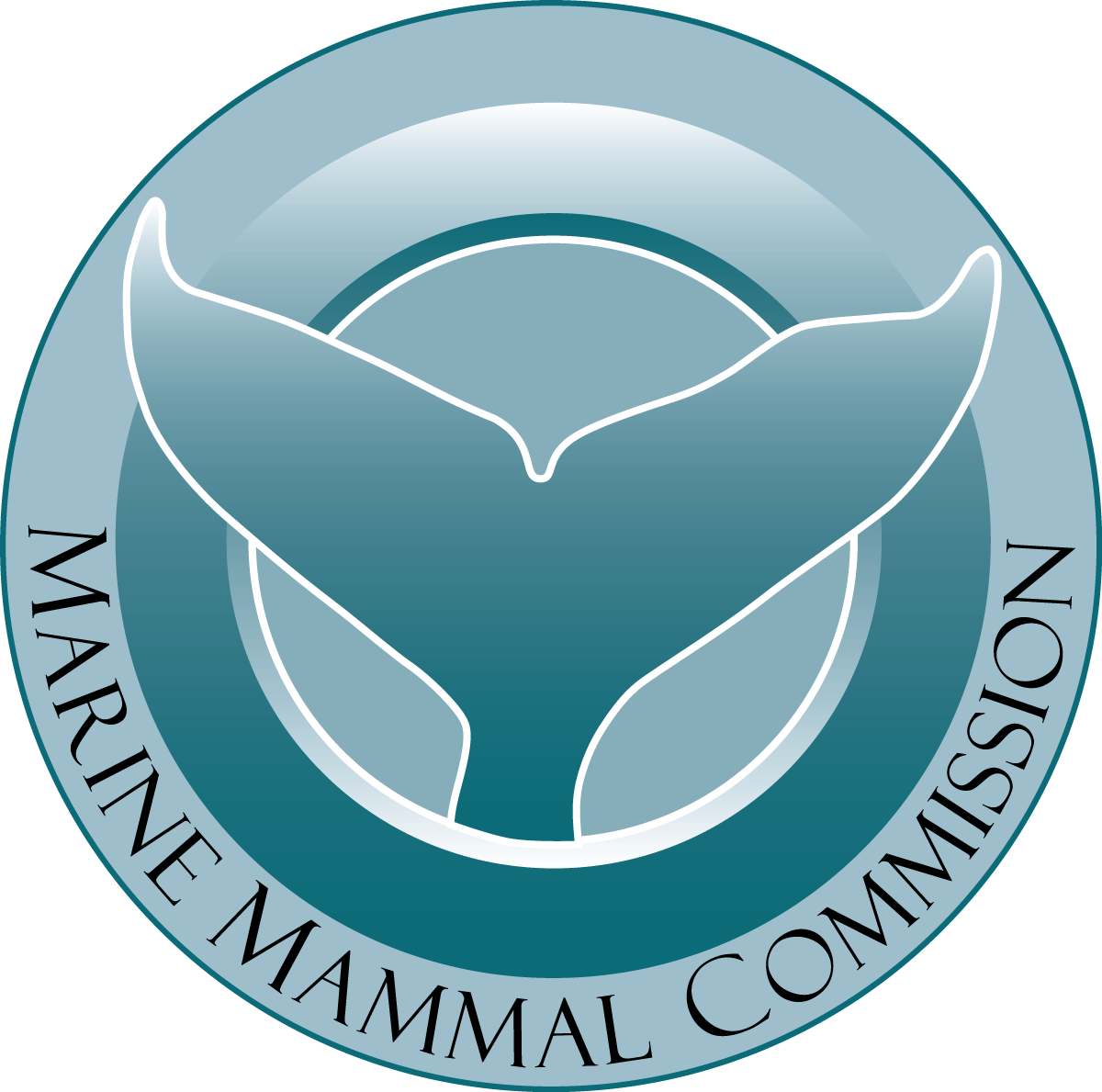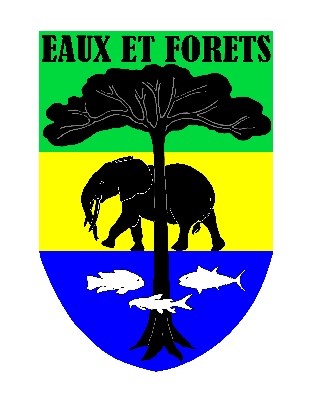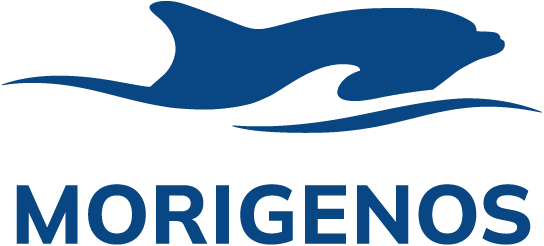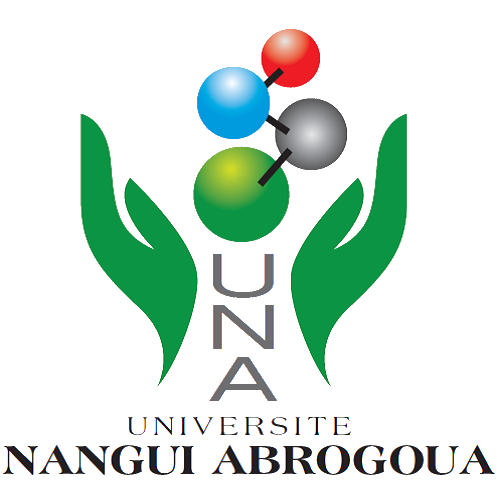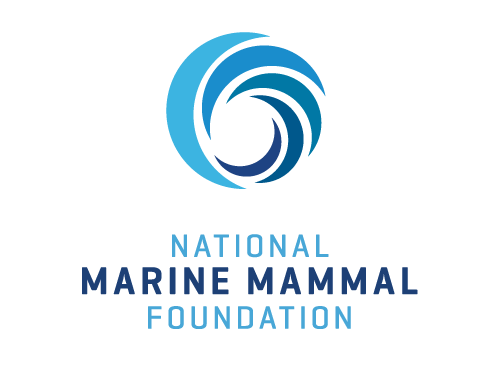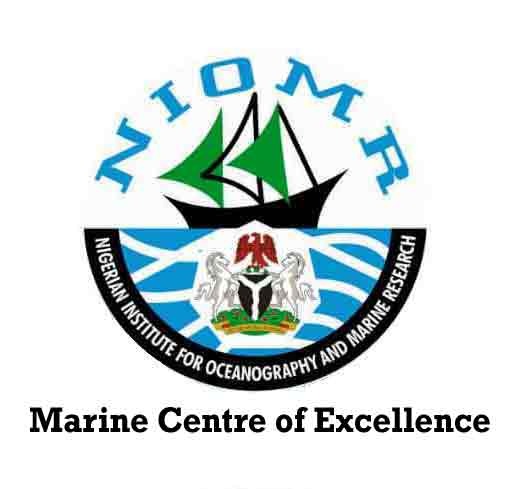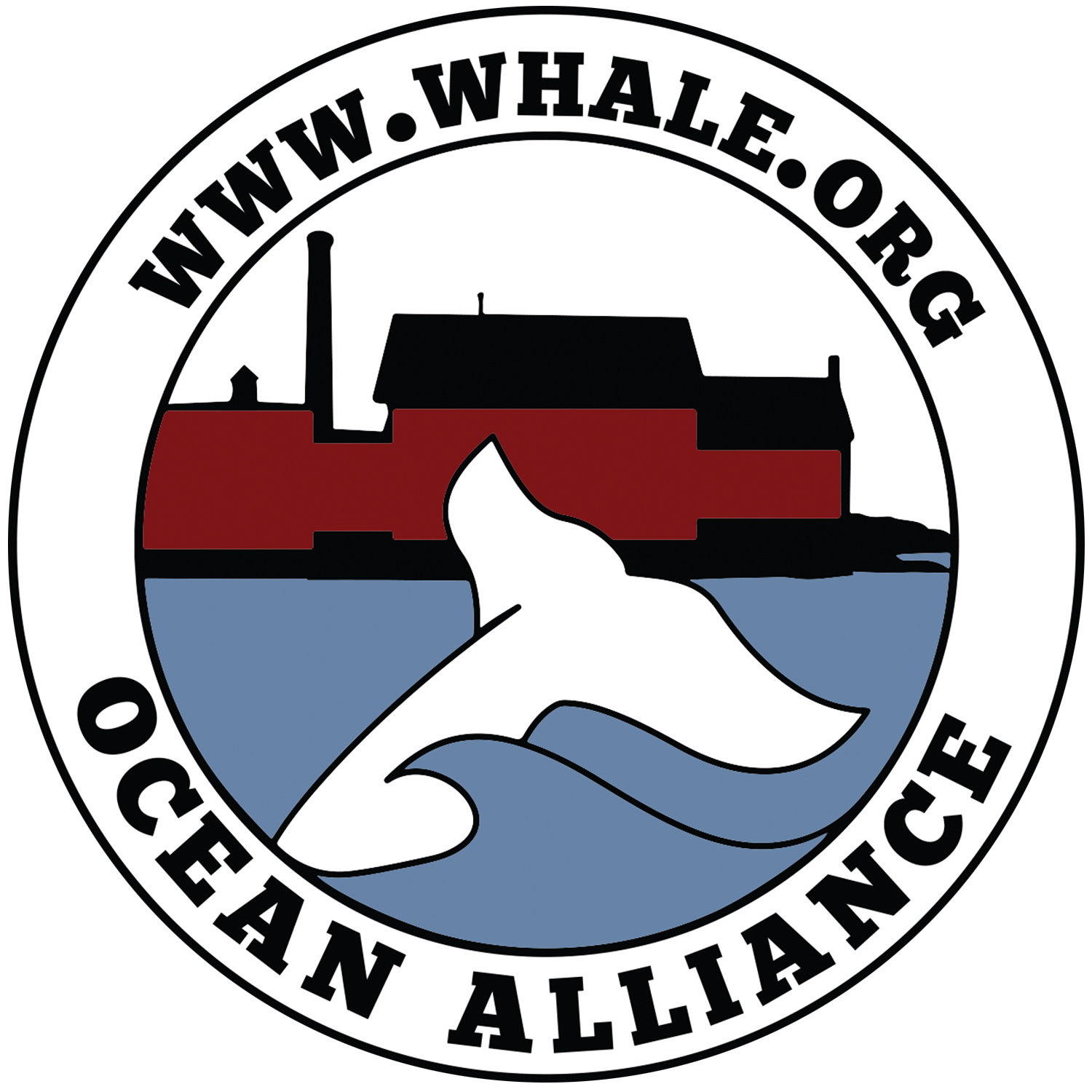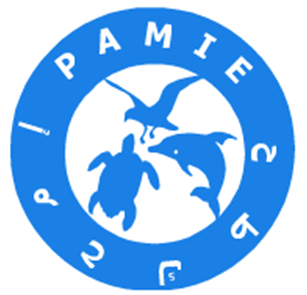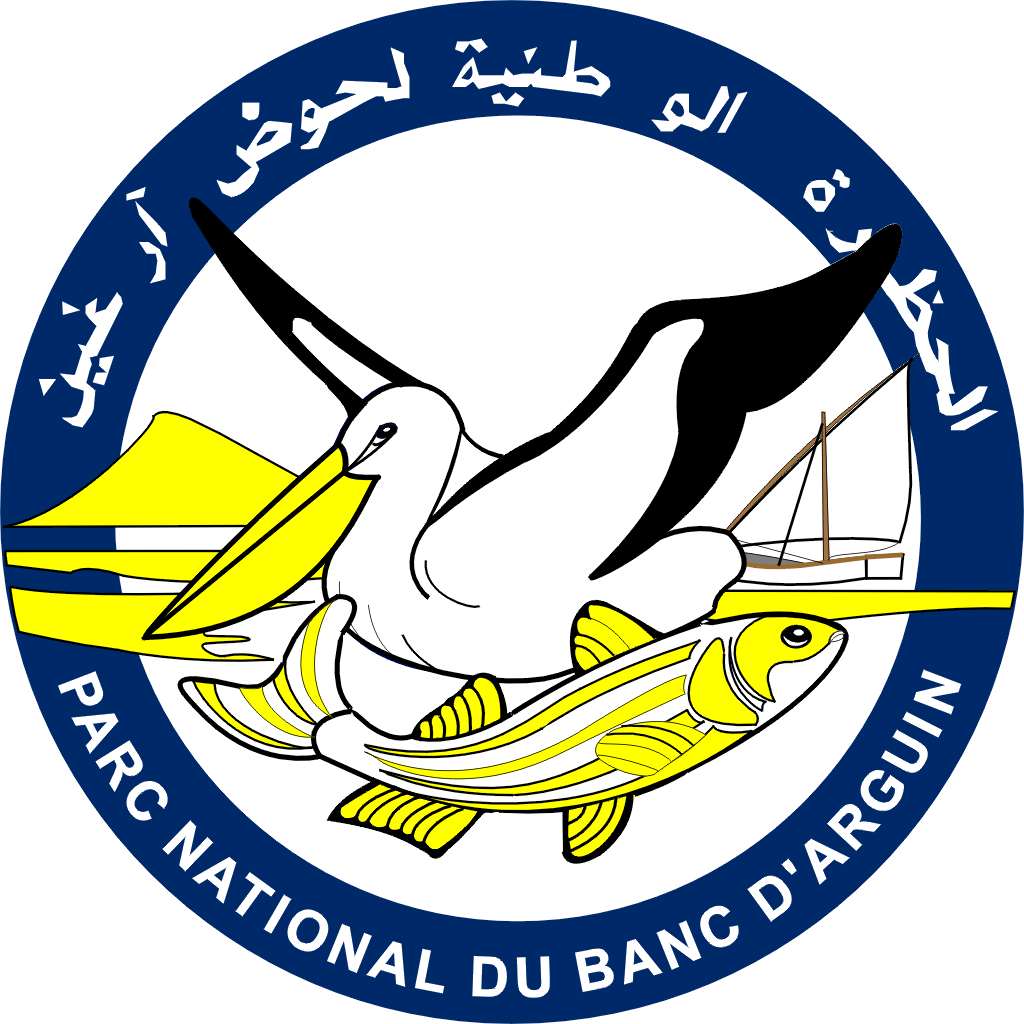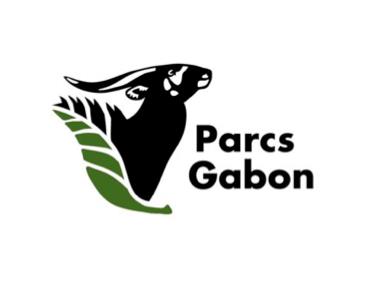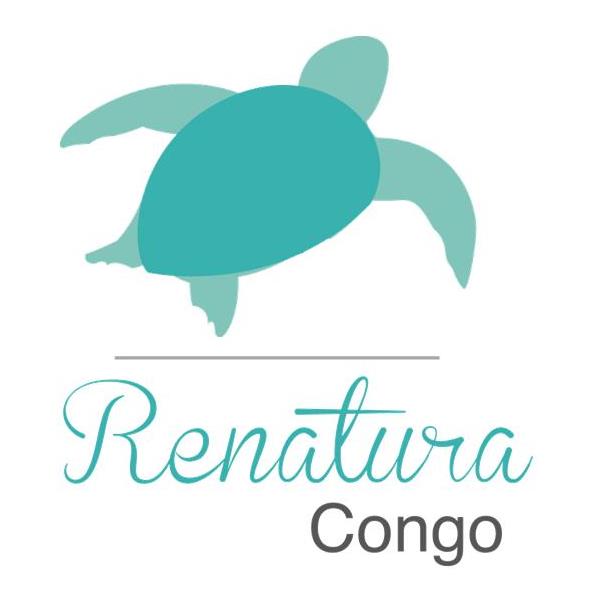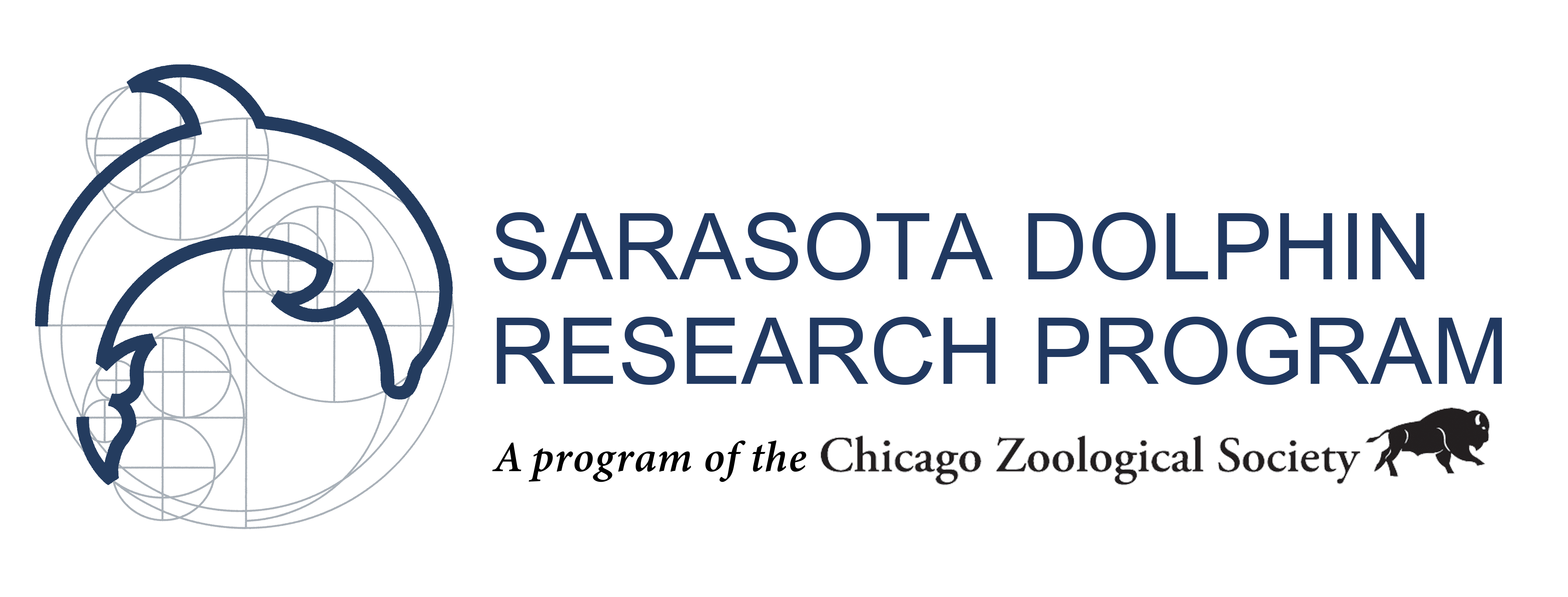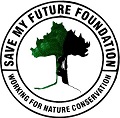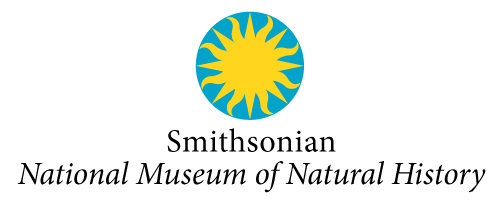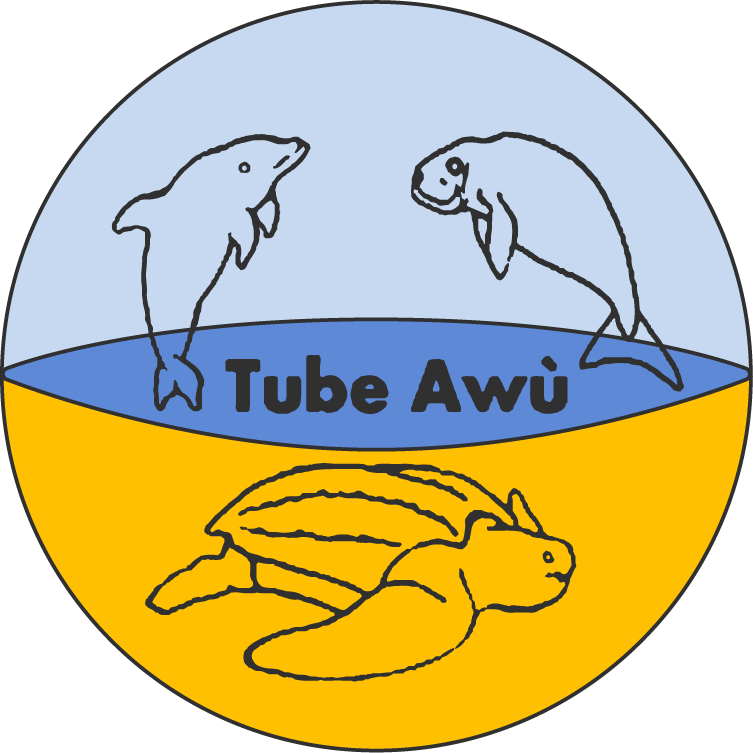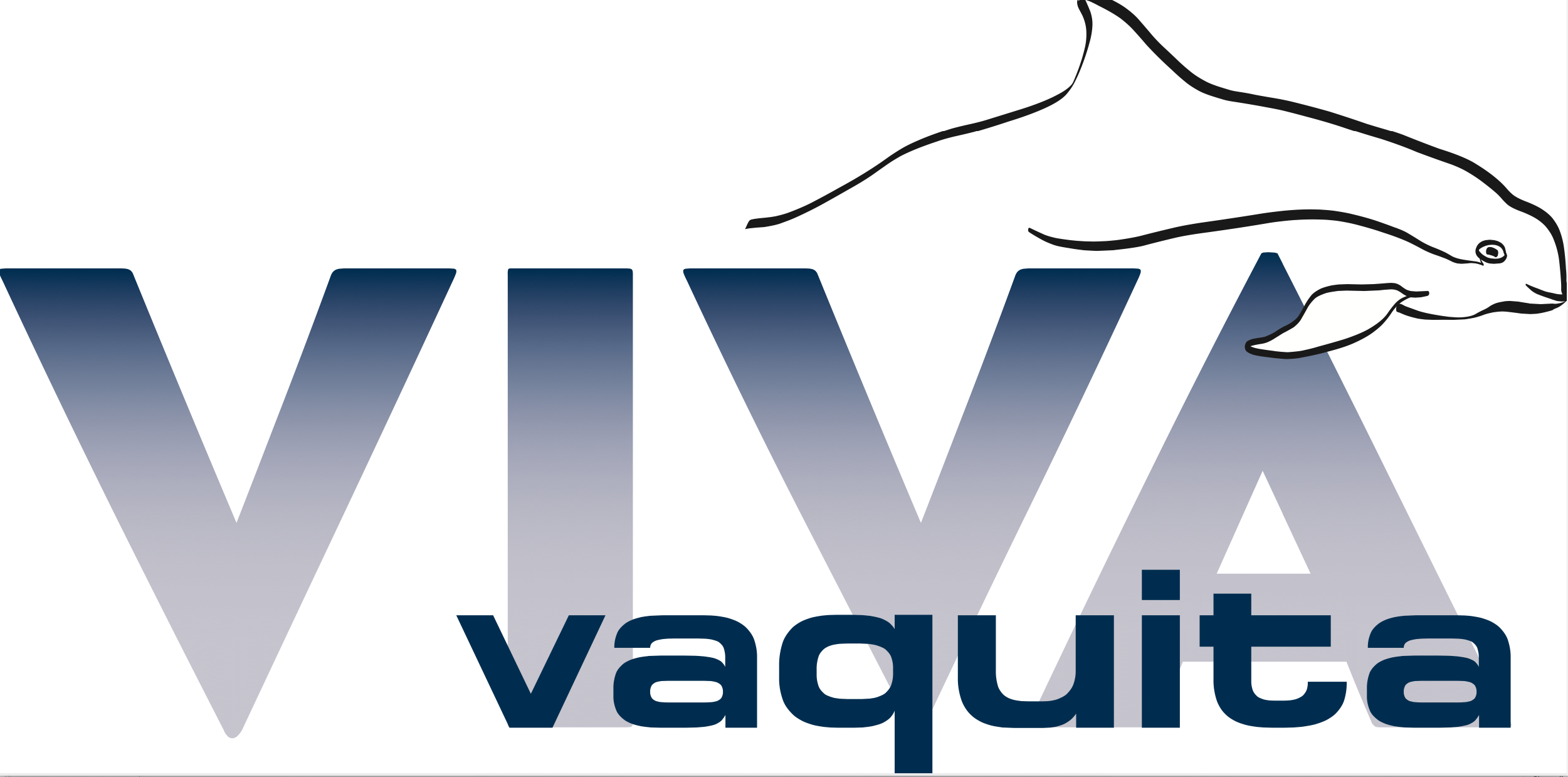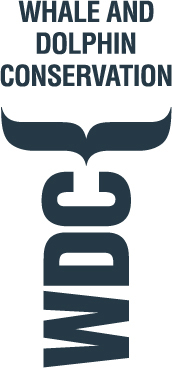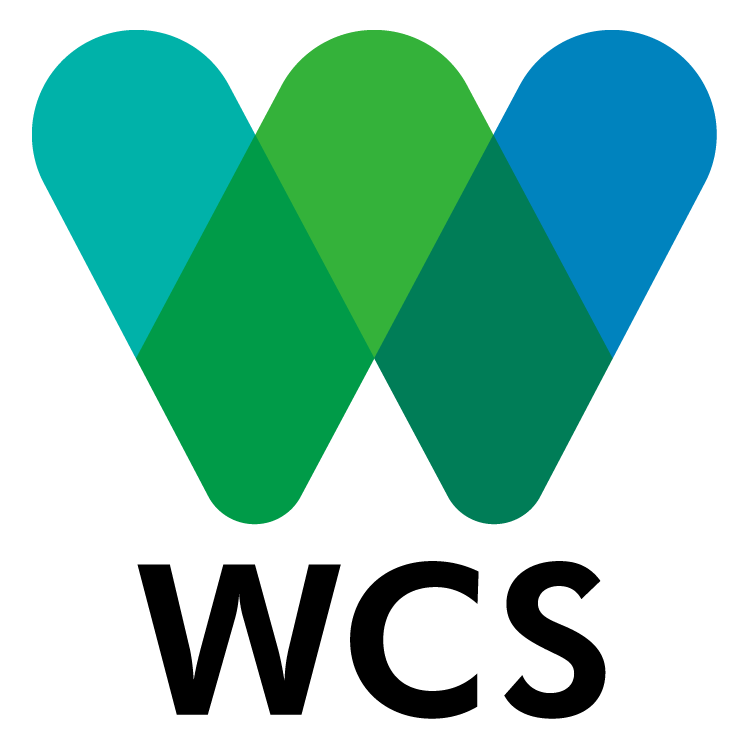CCAHD Foundation Mission statement
Working towards the long-term sustainability of Atlantic humpback dolphin (Sousa teuszii) populations and their habitats through research, awareness, capacity-building and action.
The CCAHD Foundation
The CCAHD Foundation acts as an umbrella organization that brings together international conservation management bodies, cetacean scientists from around the world, and organizations and individuals in the countries where the Critically Endangered Atlantic humpback dolphin is found. The CCAHD Foundation’s aim is to promote and support research and conservation actions throughout the species’ range, and provide robust conservation advice on the Atlantic humpback dolphin.
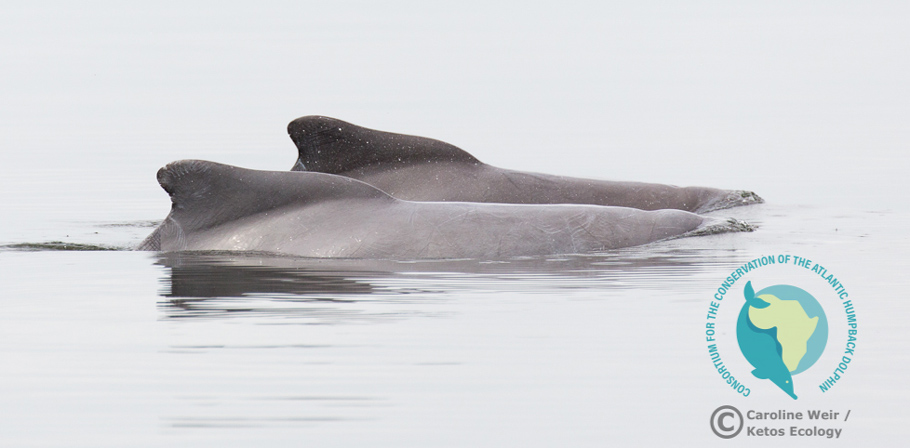
Background
The Consortium for the Conservation of the Atlantic Humpback Dolphin (CCAHD) was initiated in response to growing concerns regarding the declining conservation status of the species over recent decades. The formation of the CCAHD in June 2020 was motivated by several events including:
- The uplisting of the IUCN conservation status of the Atlantic humpback dolphin from Vulnerable to Critically Endangered in 20171;
- A meeting of cetacean scientists at the World Marine Mammal Conference in Barcelona in December 2019, during which participants discussed how to reinvigorate and prioritize conservation efforts for Atlantic humpback dolphins2;
- A desire to implement the conservation and management measures recommended for the species by the Convention on Migratory Species, the IUCN Cetacean Specialist Group and the International Whaling Commission. Despite several clear warning signs of declining status little progress has been made for the species during the 21st Century, and concerted collaborative effort is required to address this 3,4,5,6.
Following a systematic prioritisation exercise in 2020, the CCAHD published this report on short-and medium-term priorities for Sousa teuszii conservation. The CCAHD is now working to raise funds and implement those priority activities.
The CCAHD Foundation’s 2021 Progress Report can be downloaded here.
Legal Status and documentation
The CCAHD’s legal form is a Foundation (‘Stichting’) under Dutch law, with its seat in Amsterdam, the Netherlands (RSIN number 863607366). The CCAHD Foundation is guided by a Management Board and a Supervisory Board which are both composed of international and Sousa teuszii range country members. The Foundation is supported by a Secretariat, which is currently based in the Netherlands.
The CCAHD Foundation’s full Articles of Association (in both Dutch and English) can be found here.
The CCAHD Foundation’s 5-year Strategic Plan can be found here.
The CCAHD Foundation’s Financial Policy (in English) can be found here.
The CCAHD Foundation’s Due Diligence Policy with regards to receiving and disbursing payements can be found here.
The CCAHD financial statement for the last Calendar year (2022) can be found here.
The CCAHD is certified as equivalent to a US public charity through an equivalency determination issued by NGOsource.
The CCAHD Foundation is also formally recognised as a Public Benefit or Charitable organisation in the Netherlands (ANBI status).
Partners
Partners include over 90 individuals and organisations from 15 of the 19 Sousa teuszii range countries as well as others with interest and experience in protecting Endangered cetaceans. A critical part of the CCAHD’s work is to support local scientists and conservation NGOs in Atlantic humpback dolphin range countries, liaise with range country governments to improve national species status, and increase within-country general awareness of the species. Achieving those goals relies on a network of local partners and national contact points in all of the confirmed and potential range countries.
The current list of CCAHD partners can be found here, and more insight into focal points and the status of knowledge about Atlantic humpback dolphins can be found by clicking on any of the range countries on our interactive map. The CCAHD welcomes contact from any local biologists, NGOs or interested individuals to further expand this network and maximize opportunities for conservation and collaboration.
Affiliated International Organizations
The CCAHD aims to help implement the conservation priorities identified by other international bodies focused on improving the conservation status of Atlantic humpback dolphins, including:
- International Union for Conservation of Nature (IUCN) Cetacean Specialist Group (CSG): A recent initiative by the CSG-Integrated Conservation Planning for Cetaceans (ICPC) aims to develop an action plan for each of the most threatened dolphin and porpoise species and populations, including the Atlantic humpback dolphin;
- Convention on Migratory Species(CMS): a Concerted Action (CA) for the Atlantic humpback dolphin was adopted by the CMS in 2017, and revised during February 2020. In February 2024, the CMS Conference of Parties Adopted the Single Species Action Plan for the Atlantic Humpback Dolphin, which provides a framework for conservation action at local, national, regional and international levels.
- International Whaling Commission (IWC): Through its Scientific Committee, the IWC has made repeated recommendations for regional collaboration and conservation-based research to improve understanding of the species’ conservation status and address threats.
International Organisations
Donors
Partners
References
- Collins, T., Braulik, G.T. and Perrin, W. (2017). Sousa teuszii (errata version published in 2018). The IUCN Red List of Threatened Species 2017: e.T20425A123792572. https://dx.doi.org/10.2305/IUCN.UK.2017-3.RLTS.T20425A50372734.en. Downloaded on 07 October 2020.
- Weir, C.R. and Collins, T. (2020). Potential short- and medium-term targets for the conservation of Sousa teuszii. Unpublished report, 29 January 2020. 3pp. Available from the CCAHD.
- Van Waerebeek, K., Barnett, L., Camara, A., Cham, A., Diallo, M., Djiba, A., Jallow, A., Ndiaye, E., Ould-Bilal, A.O.S. and Bamy, I.L. 2004. Distribution, status, and biology of the Atlantic humpback dolphin, Sousa teuszii (Kukenthal, 1892). Aquatic Mammals 30(1): 56-83.
- Weir, C.R., Van Waerebeek, K., Jefferson, T.A. and Collins, T. (2011). West Africa’s Atlantic humpback dolphin (Sousa teuszii): endemic, enigmatic and soon Endangered? African Zoology, 46: 1–17.
- Collins, T. (2015). Re-assessment of the Conservation Status of the Atlantic Humpback Dolphin, Sousa teuszii (Kükenthal, 1892), Using the IUCN Red List Criteria. In: Thomas A. Jefferson and Barbara E. Curry, editors, Advances in Marine Biology, Vol. 72, Oxford: Academic Press, 2015, pp. 47-77
- Weir, C., Leeney, R. and Collins, T. (2020). Reinvigorating conservation efforts for the Atlantic humpback dolphin (Sousa teuszii): A brief progress report. Paper SC/68B/SM07 presented to the International Whaling Commission, Cambridge, UK.
